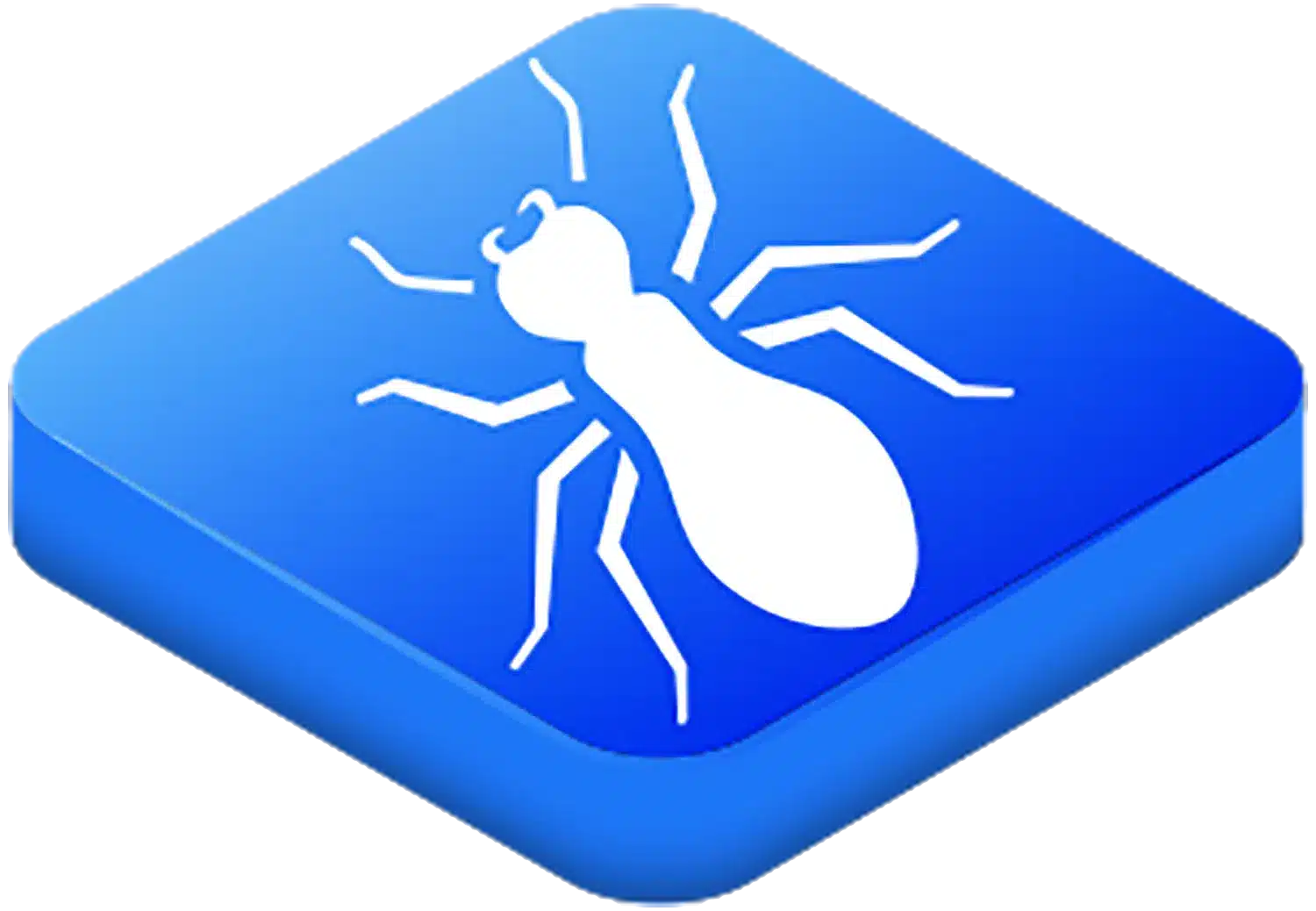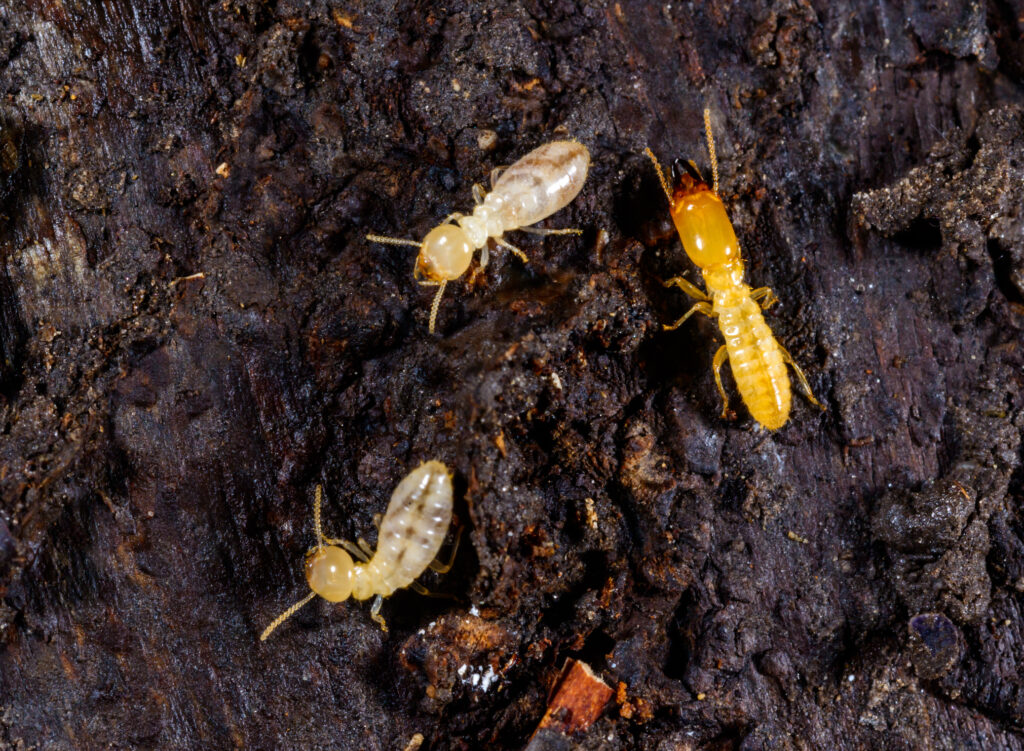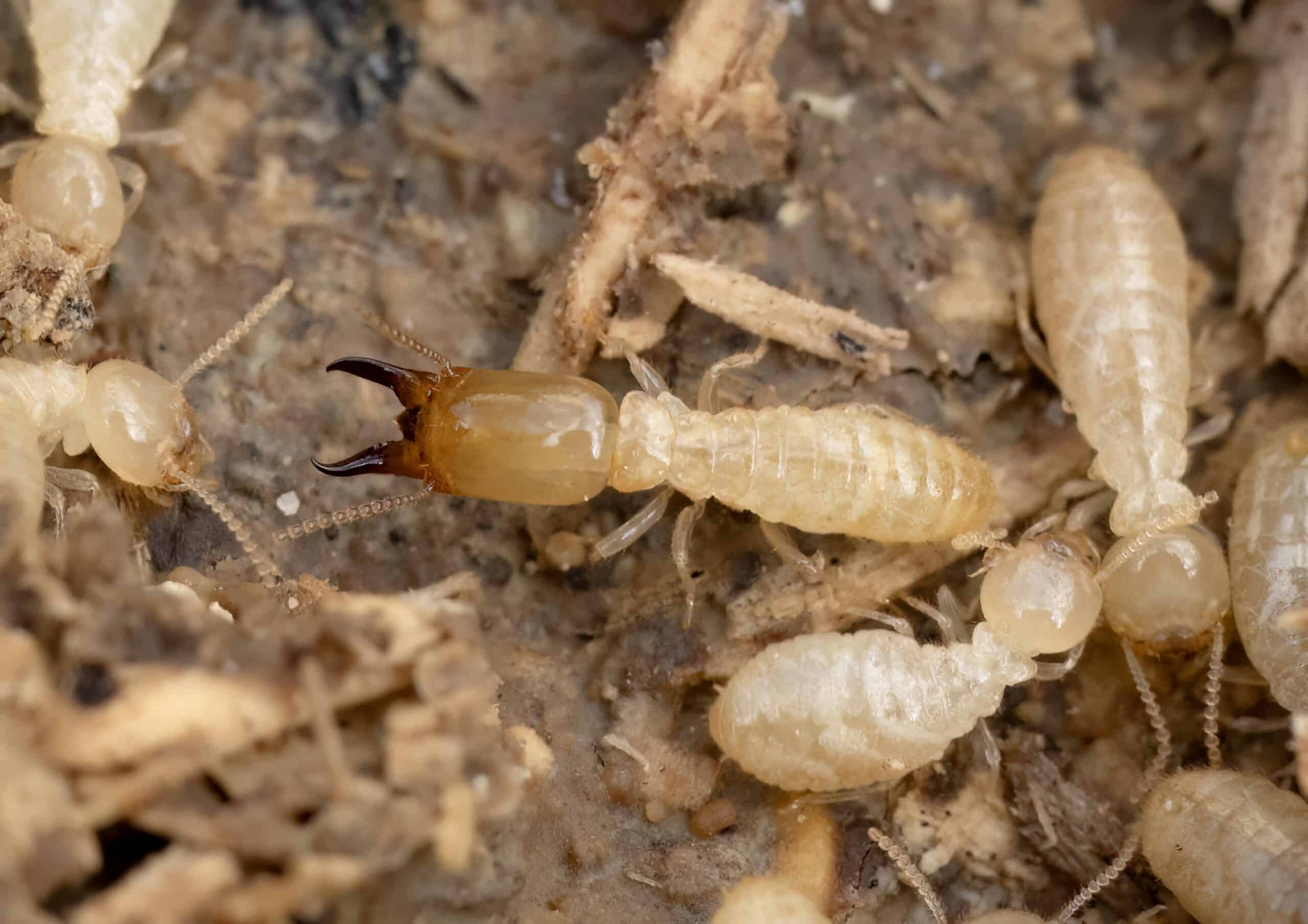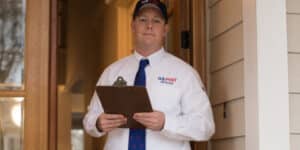
Subterranean Termites | Pest ID Guide
Quick Facts About Subterranean Termites
Subterranean termites are the most destructive wood-destroying insects in the United States, responsible for more than $2 billion spent annually for control and damage repairs. These pests have a high moisture requirement for survival, building protective shelter tubes from their underground nests to food sources.- Size: 1/4 inch to 1/2 inch long
- Color: Creamy white (workers), dark with whitish wings (swarmers)
- Shape: Soft-bodied with straight antennae
- Active Season: Year-round, with swarmers typically emerging in spring
- Lifespan: Queen can live over 10 years
- Reproduction Rate: Queens can lay more than 1,000 eggs per day

What Do Subterranean Termites Look Like?
Subterranean termites have soft bodies and are typically creamy white in color. The reproductive swarmers (alates) are dark with whitish wings, while soldiers have large mandibles used for defense. Workers make up the majority of the colony and are responsible for feeding on wood and caring for other termites.
Key Identifying Features
- Protective Mud Tubes: Build distinctive shelter tubes made of soil and cellulose to maintain moisture while traveling between nest and food sources
- Colony Structure: Live in a social colony with different castes (workers, soldiers, and reproductives) performing specific tasks
- Swarming Behavior: Flying termites (swarmers) emerge from mature colonies in spring, appearing to flutter and not fly very well
- Wood Damage Pattern: Typically eat with the grain of the wood, leaving behind layered damage that may be obscured by paint or wall coverings
Related Species
Eastern subterranean termites are the most common subterranean termite species in North America. While other termite species exist, subterranean termites are distinguished by their need to maintain contact with soil and their construction of mud tubes. Unlike drywood termites, which can live entirely within wood with no ground contact, subterranean termites require the moisture and protection of soil.
Health & Property Risks
Health Concerns
Subterranean termites do not pose direct health risks to humans, but the stress and financial burden of dealing with an infestation can impact wellbeing.
- Allergens: Some individuals may be sensitive to the dust created during termite damage repair
- Stress: Discovery of an infestation can cause significant anxiety for homeowners
- Financial Strain: The cost of repairs and treatment can create stress for property owners
Property Damage
Subterranean termites can cause extensive structural damage that compromises the integrity and value of your home.
- Structural Weakness: Damage to wall studs, baseboards, and floor joists can weaken your home’s structure
- Hidden Destruction: Termites often feed unseen behind walls, under floors, or in crawl spaces
- Rapid Progression: Large colonies can consume significant amounts of wood quickly, with some colonies containing up to 5 million termites
Where to Look for Subterranean Termites in Your Home
Subterranean termites typically enter homes from the ground up, focusing on areas with wood-to-soil contact or access points near the foundation. Look for mud tubes along foundation walls, in crawl spaces, and around utility entries.When to Call Professional Help
Professional intervention is necessary at the first sign of subterranean termite activity. If you notice mud tubes, damaged wood with layered appearance, or swarmers (flying termites) in or around your home, contact a professional immediately. DIY methods are ineffective against established subterranean termite colonies, which can remain active deep underground.

